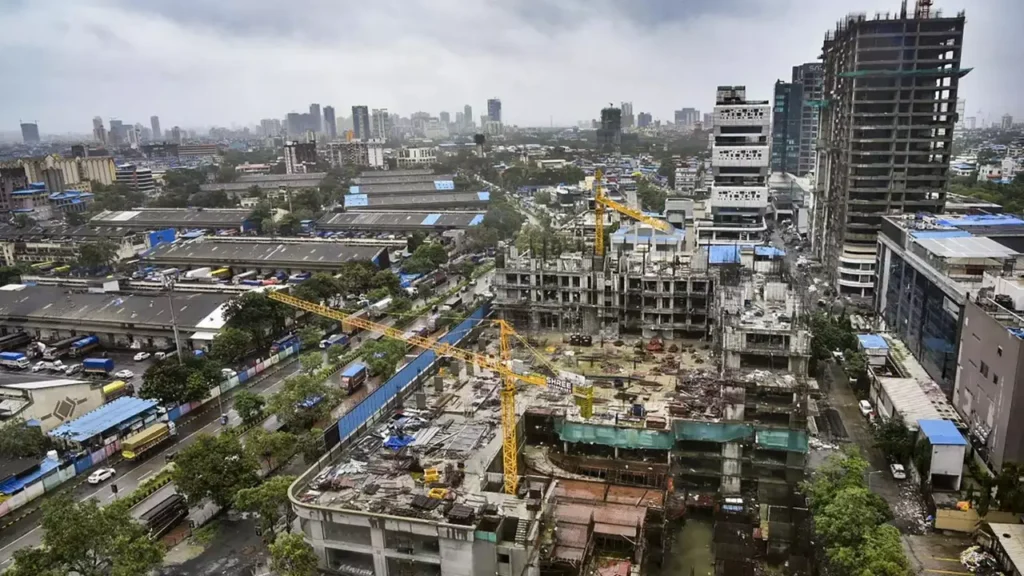The government has proposed a transit oriented development (TOD) plan for 14 large cities in the 2024-25 budget.
About Transit Oriented Development (TOD):
- Transit Oriented Development (TOD) is a forward-thinking urban strategy that focuses on maximizing the efficiency of public transit and surrounding land use.
- It aims to foster sustainable mobility and optimize the use of land through a compact, mixed-use development approach.
How TOD stands out?
- Economic Benefits: It enhances real estate values due to proximity to mass transit, boosts labour productivity by reducing transit time, and improves the economic competitiveness of cities.
- Environmental Impact: TOD contributes to a lower carbon footprint and reduced air pollution from urban transport. It also supports the preservation and enhancement of urban green spaces.
- Social Advantages: The approach promotes walkable cities which encourage physical activity, potentially leading to better public health outcomes. It also helps in minimizing urban sprawl through efficient land use.
Ref: Source
| UPSC IAS Preparation Resources | |
| Current Affairs Analysis | Topperspedia |
| GS Shots | Simply Explained |
| Daily Flash Cards | Daily Quiz |
Frequently Asked Question:
What is Transit Oriented Development (TOD)?
Transit-Oriented Development (TOD) is an urban development strategy designed to optimize the efficiency of public transit systems and surrounding land use.
How does TOD benefit the economy?
TOD boosts the economy by increasing real estate values near transit hubs, enhancing labour productivity through reduced commute times, and improving the overall economic competitiveness of cities.
What is the 3V Framework used in guiding TOD?
The Three Values (3V) Framework, developed by the World Bank, is used to guide TOD projects. It consists of:
Node Value: Significance of a transit station within the network, based on traffic and connections.
Place Value: Quality and attractiveness of the area surrounding the transit station.
Market Potential Value: Economic potential based on the demand for and supply of real estate and services in the area.


